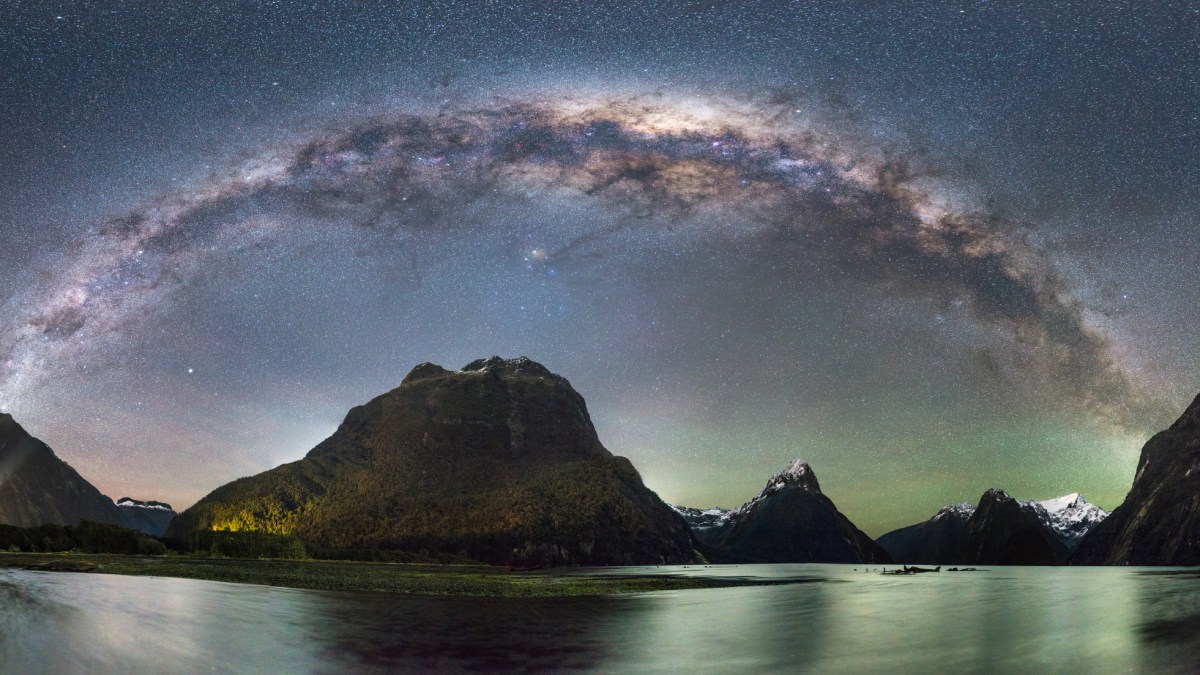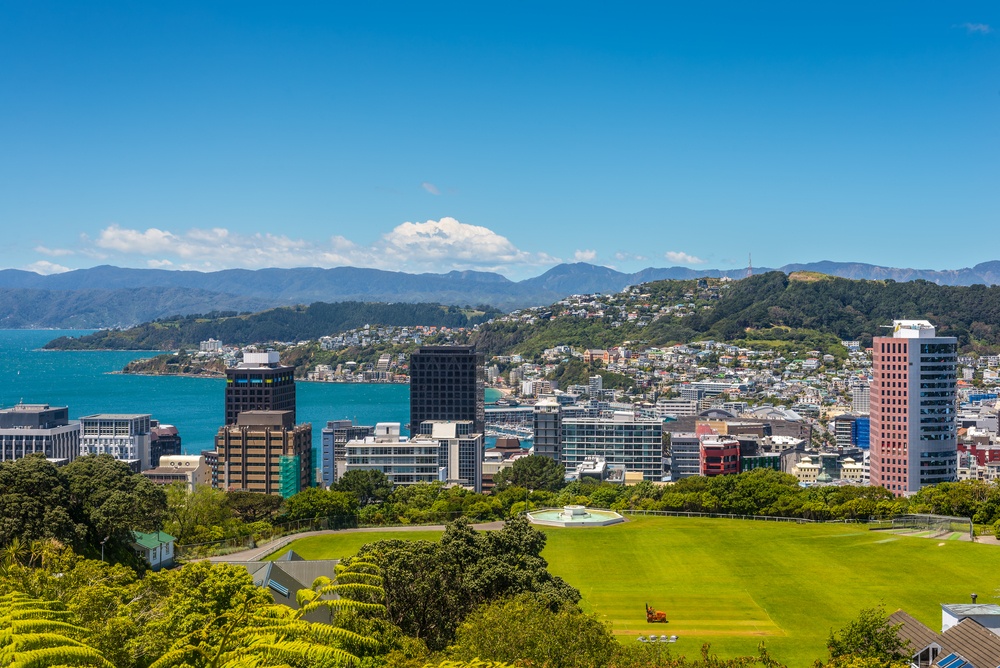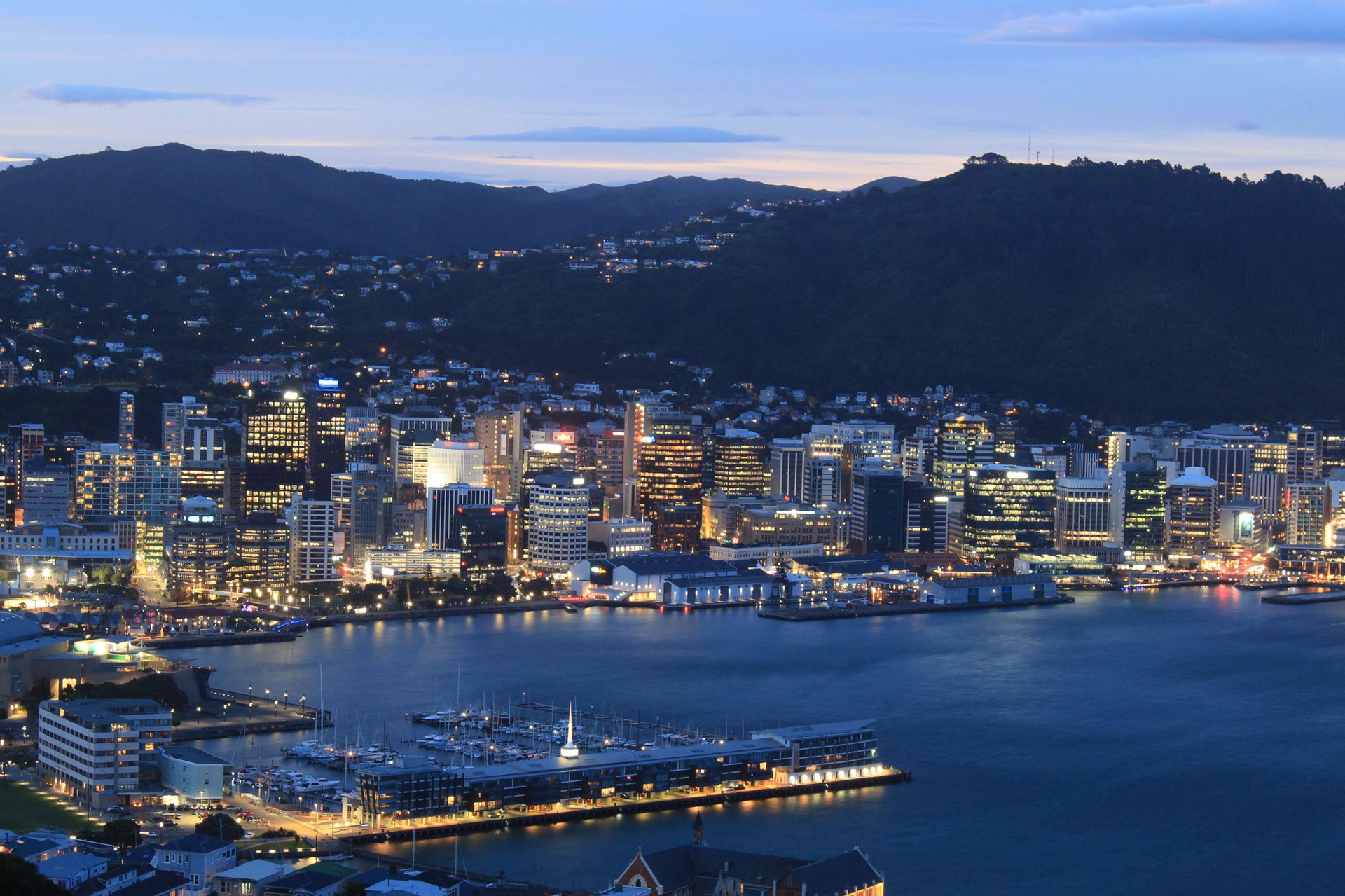24 Hours in Milford Sound: A Photographer's Paradise
As the first light of dawn breaks over the towering peaks of Milford Sound, I find myself perched on a rocky outcrop, camera in hand, ready to capture the magic. For photographers, this corner of New Zealand's South Island is nothing short of paradise. Join me on a 24-hour photographic journey through one of the world's most stunning landscapes.
Dawn Patrol: Capturing the Fiord's Misty Awakening
05:30 - The Foreshore Walk
Our photographic odyssey begins in the pre-dawn twilight. I've set up my tripod along the Foreshore Walk, with the iconic Mitre Peak looming in the distance. The key here is to arrive early to secure the best spot—you won't be the only photographer chasing that perfect shot.
Camera Settings:
- Aperture: f/11 for good depth of field
- ISO: 100 for minimal noise
- Shutter Speed: Vary between 1/4 sec to 2 sec as the light changes
- White Balance: Auto, but bracket with Cloudy and Daylight for options in post-processing
Pro Tip: Bring a cloth to wipe your lens. The mist from the fiord can accumulate quickly, especially on wide-angle lenses.
As the sun peeks over the mountains, the landscape transforms. Layers of mist swirl through the fiord, creating an ethereal atmosphere. I switch to a telephoto lens (70-200mm) to capture the interplay of light and mist on the cliff faces.
07:00 - Bowen Falls
With the golden light now bathing the landscape, I make my way to the Bowen Falls lookout. The 162-metre waterfall is particularly impressive in the morning light.
Camera Settings:
- Aperture: f/8
- ISO: 200
- Shutter Speed: 1/15 sec for a silky water effect
- Lens: Wide-angle (16-35mm) to capture the scale of the falls
Photographer's Anecdote: On my first visit to Bowen Falls, I was so entranced by the main cascade that I almost missed the beautiful rainbow formed in the mist at its base. Always take a moment to look around—sometimes the best shots are not where you expect them.
Chasing Light: Best Locations for Midday and Golden Hour Shots
10:00 - Milford Sound Cruise
Midday light can be challenging, but a cruise on the fiord offers unique perspectives. I opt for a smaller, photography-focused tour that allows for more flexibility.
Camera Settings:
- Aperture: f/8 to f/11
- ISO: 400 (to maintain faster shutter speeds on the moving boat)
- Shutter Speed: At least 1/500 sec to counter boat movement
- Lens: A versatile zoom like a 24-70mm
Key Shot: As we approach the Stirling Falls, I prepare for the 'glacial facial'—the moment the boat noses up to the waterfall. A weather-sealed camera is invaluable here!
15:00 - The Chasm Walk
In the afternoon, I head to The Chasm Walk. The dappled light filtering through the forest canopy creates beautiful opportunities for intimate landscape shots.
Camera Settings:
- Aperture: f/16 for maximum depth of field
- ISO: 400
- Shutter Speed: 1/15 sec (using a tripod)
- Lens: Macro lens for detailed shots of moss and ferns
19:00 - Sunset at Mirror Lakes
As golden hour approaches, I make my way to Mirror Lakes. On a calm evening, the reflections here are simply stunning.
Camera Settings:
- Aperture: f/11
- ISO: 100
- Shutter Speed: Bracket exposures (I use 1/15, 1/4, and 1 sec)
- Filters: A polarising filter to manage reflections
Composition Tip: Use the rule of thirds to balance the real landscape with its reflection. Sometimes, flipping the image in post-processing creates an even more compelling composition.
Night Photography: Stargazing and Capturing the Milky Way
22:00 - Milford Sound Lodge
As night falls, the real magic begins. The dark sky reserve status of Fiordland National Park makes for exceptional astrophotography conditions.
Camera Settings:
- Aperture: f/2.8 (or the widest your lens allows)
- ISO: 3200-6400
- Shutter Speed: 20-30 seconds
- Lens: The widest, fastest lens you have (I use a 14mm f/2.8)
- White Balance: 3900K
Essential Gear: A sturdy tripod, remote shutter release, and headlamp with a red light mode to preserve your night vision.
I use the PhotoPills app to plan my Milky Way shots, aligning the galactic core with Mitre Peak. The result is otherworldly—a cosmic backdrop to one of Earth's most magnificent landscapes.
Night Photography Hack: To nail focus in the dark, use your camera's live view, zoom in on a bright star, and manually focus until it's a sharp point of light.
Gear Recommendations and Shooting Tips
- Weather Sealing: Milford Sound is one of the wettest places in New Zealand. Weather-sealed gear is a must.
- Filters: A good set of ND filters will help manage the extreme dynamic range, especially for waterfall shots.
- Backup Storage: Bring plenty of memory cards and a portable hard drive. You'll take more photos than you expect!
- Power Bank: Long exposures drain batteries quickly. A power bank can be a lifesaver.
- Clothing: Layer up! The weather can change rapidly. I swear by merino wool base layers.
Conclusion: A Photographic Journey to Remember
As I review my images from the past 24 hours, I'm struck by the sheer diversity of shots possible in Milford Sound. From misty dawns to star-filled nights, this landscape offers endless opportunities for photographers willing to chase the light.
Remember, while technical skills are important, the real key to great Milford Sound photography is patience and respect for the environment. Take your time, tread lightly, and allow yourself to be immersed in the beauty around you. Some of my best shots came when I least expected them—a sudden break in the clouds, a curious kea landing nearby, or a fleeting rainbow over the fiord.
Milford Sound is more than just a location to be photographed; it's an experience to be savoured. So, pack your gear, charge your batteries, and prepare for a photographic adventure of a lifetime. The fiord is waiting to share its secrets with your lens.
Ready to capture your own Milford Sound masterpieces? Start planning your photographic expedition today. And don't forget to share your best shots with the world—every image of this magical place helps to preserve its beauty for generations to come.


-min-0.jpg)

